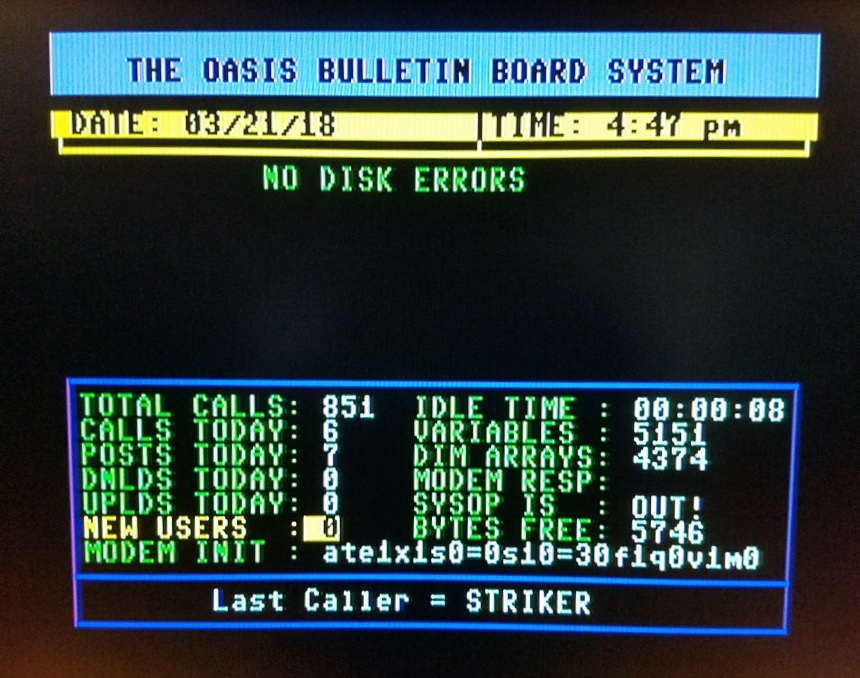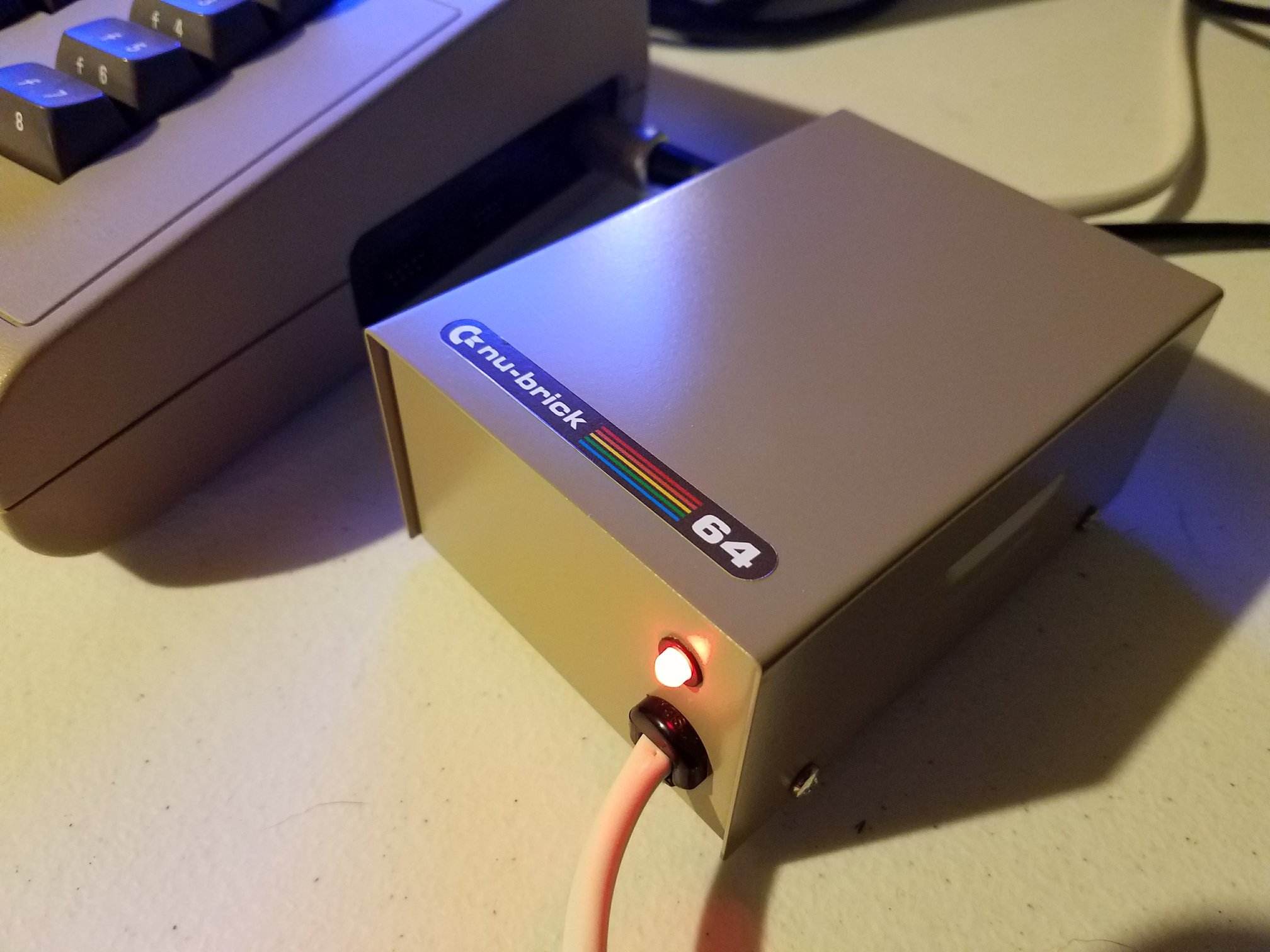GEOS database tools take center stage in the latest video from the AmigaLove channel. Eric (also known as intric8) uses GeoFile and GeoPaint on a Commodore 128 to build a personal software catalog—complete with graphics, fields, and print-ready forms. This is retro computing with a creative twist.
Building a Visual Database with GeoFile
GeoFile is Berkeley Softworks’ personal database software for the GEOS environment. Eric uses it to design a form for tracking his boxed software collection. He defines fields for title, year, genre, publisher, author, and more. Records are sortable and editable, and the interface allows for smooth navigation—even without scrollbars.
What makes GeoFile fun to use is its flexibility. You control the layout, the structure, and how the data is sorted. The tool doesn’t overwhelm with features—it gives you just enough to create a functional and attractive database.
Adding Graphics with GeoPaint
To give each record a custom look, Eric turns to GeoPaint. He creates masthead graphics and pixel artwork, then pastes them into GeoFile using the GEOS Photo Manager. The result? A personalized database that’s functional and visually engaging.
GEOS database tools allow this kind of integration. GeoPaint’s pixel tools, patterns, and font styles help bring the database to life. Whether you’re tracking games, books, or anything else, you can customize the layout to match your style.
Why Use GEOS in 2025?
Eric’s hardware is no slouch—his 128DCR runs a SuperCPU and CMD HD—but these programs run fine on standard GEOS setups too. What matters more is the ease of use. You don’t need to know programming or spreadsheets. You just need a collection and the motivation to organize it.
He even demonstrates how to run searches, print records, and structure the forms so they’re printer-friendly. If you’ve got a 9-pin printer and a box of ribbons, you’re good to go.
Search, Sort, and Print
GeoFile isn’t just about storing information. You can filter records with custom search forms—find every entry from 1991, for example—and print selected records with or without images. The interface may be vintage, but it still gets the job done efficiently.
Eric shows that GEOS database tools are still useful for collectors and hobbyists. They’re easy to learn, flexible to use, and surprisingly satisfying once your entries start piling up.







